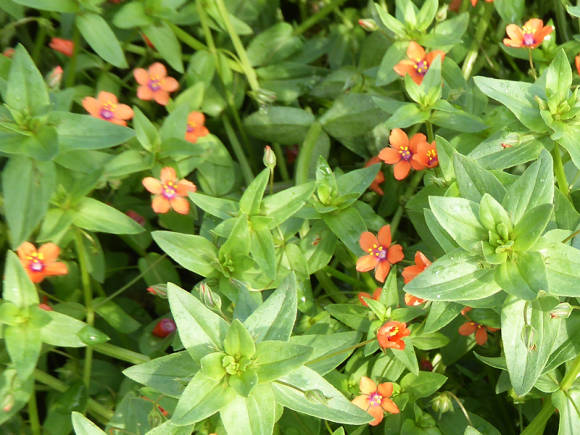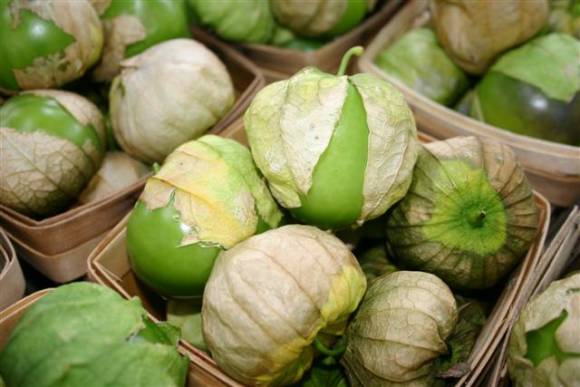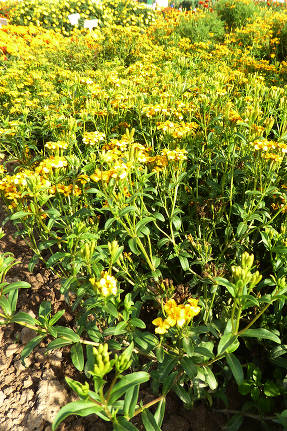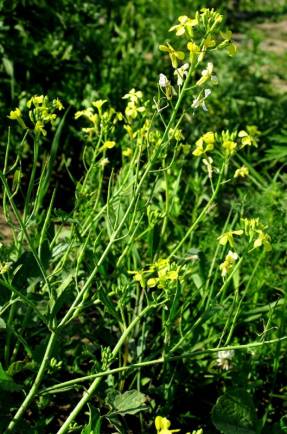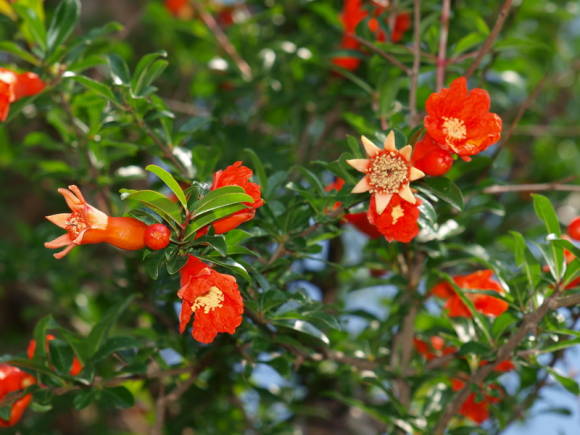
Everyone likes radishes. Ideally, it should be crispy, juicy, not bitter, free of coarse fibers, and not wormy. In spring greenhouses, radishes are often grown as a compactor or as the first crop before tomatoes and cucumbers.
For these purposes, varieties with a short growing season are better suited. They vigorously absorb solar energy, grow quickly, form less flowering shoots and form dense roots. The finished product is delivered in 20-30 days.
 |  |  |
 |  |  |
However, for some reason, such a root crop does not grow in everyone and not always. Quite often, when planting in spring greenhouses, radishes, without tying a root crop, go into the arrow or form small woody root crops. What's the matter? There are several reasons.
First, and most importantly, radish is a long-day plant. But often even the most experienced gardeners do not quite understand what it is and confuse it with illumination. But these are completely different things.
The plant of long daylight hours is genetically programmed to continue its kind during long daylight hours. Therefore, the longer the daylight hours, the more the plant seeks to form peduncles and seeds to continue its kind.
And the radish that you are waiting for, with a long daylight hours, only acts as a conductor of nutrients to the leaves, stems and, most importantly, to the seeds.
This is why radishes should be sown as early as possible when daylight hours are short. With a short daylight hours, the rosette of leaves remains small, there is no peduncle, and roots are quickly formed.

And the second reason is precisely that radishes are very photophilous (that is, they require bright light), and even with a slight shading, the tops are pulled out to the detriment of the development of the root crop. The same is observed with a strong thickening of radish crops, if it is not thinned out in time. There will be too many tops, and the roots will grow very small.
If you do not quite understand the relationship between these two reasons, then I repeat. Radishes require strong illumination, but the duration of daylight hours should be no more than 11 hours. Therefore, if you did not guess the timing of sowing seeds, and the daylight hours became too long, then in May, the beds with radishes in the greenhouse from 6 pm to 8 am should be covered with black film.

The third reason is that when sowing is too late, the development of plants often occurs in hot weather, which depressing the radish. At the same time, all the same peduncles quickly appear, and the roots become flabby. But too low temperatures (+3 ... + 4 ° С) during the growing season can also cause premature shooting of plants and a deterioration in the taste of root crops.
The next reason - even more commonplace - is the lack of moisture in the upper soil layer, where the radish root system is located. In this case, the growth of root crops stops, they become flabby, and the skin is woody.
There is another reason that gardeners often make in the winter when buying seeds of unfamiliar varieties. It is possible that you have planted a radish seed of a variety that is not intended to be grown in the greenhouse at all. That is why in winter, before buying seeds, it is necessary to study the varietal characteristics of radishes with a catalog in hand, and only then go to the store.
And if you do not forget to do most of what was said in the article, then you can be sure that a wonderful radish will definitely grow on the garden bed!
 |  |
"Ural gardener", No. 12, 2019
Photos courtesy of the Gavrish company.
Detailed information about the varieties and hybrids of the Gavrish company can be found on the website www.gavrishseeds.ru

